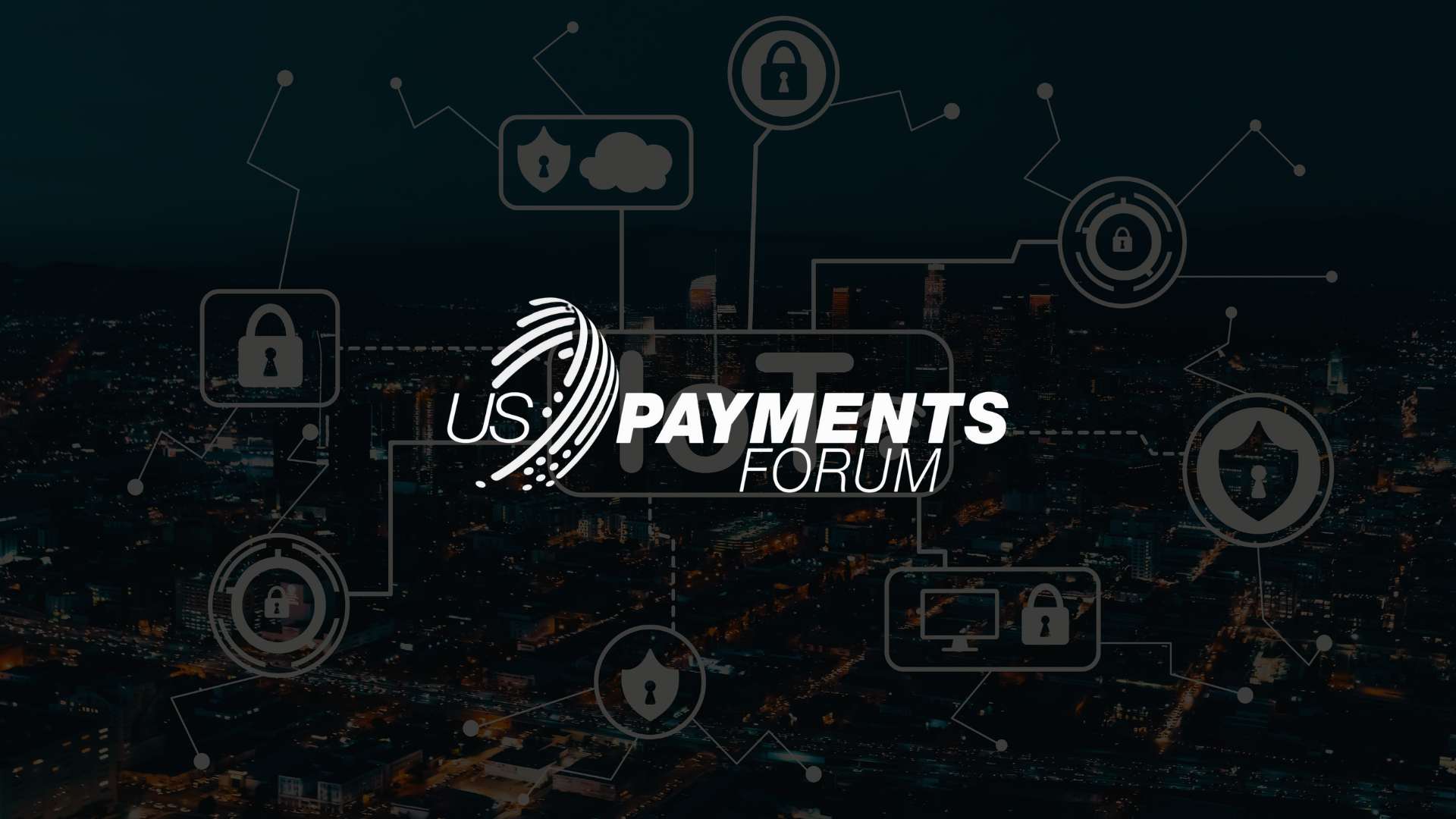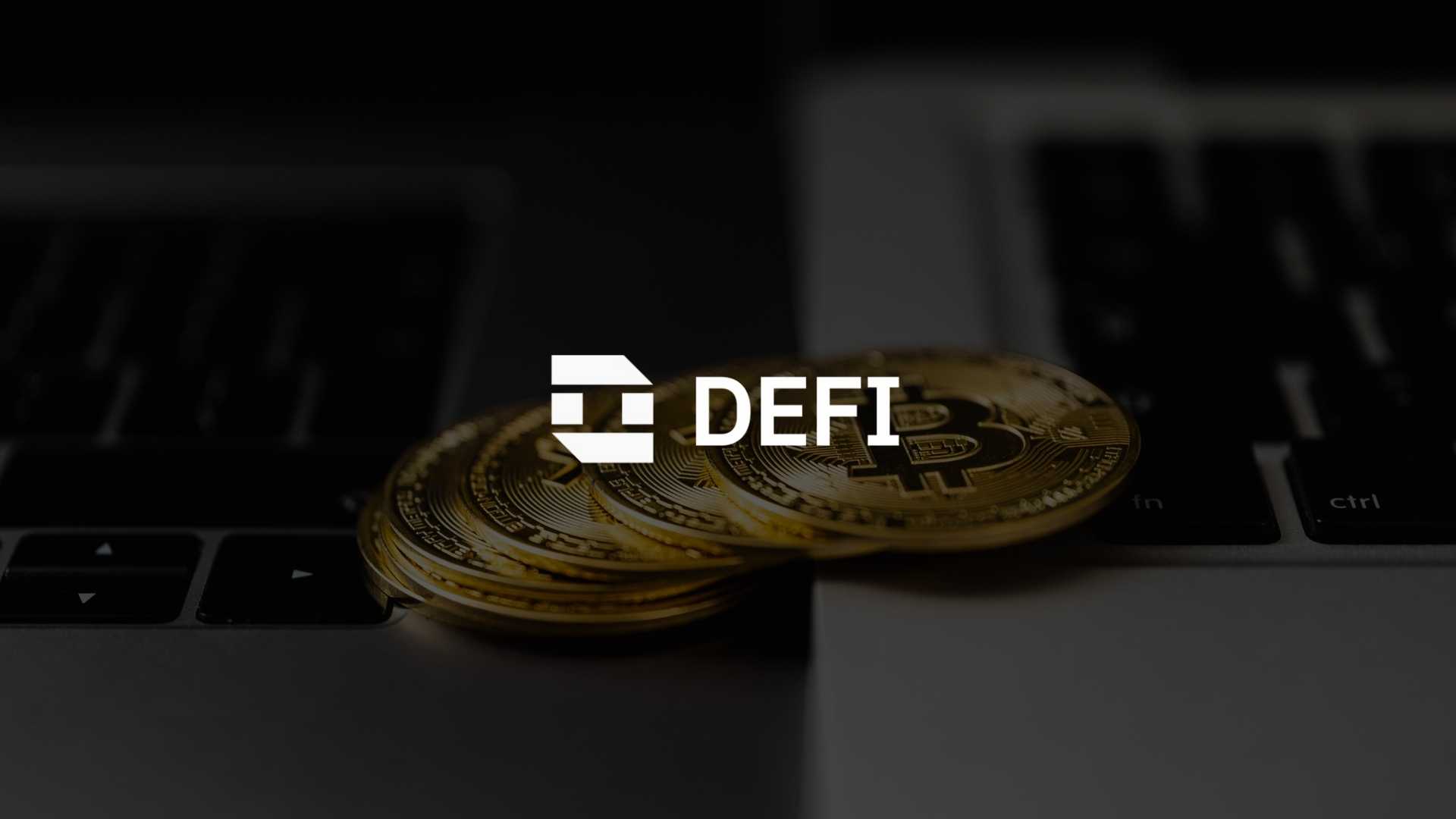U.S. Payments Forum Explores How AI, 5G, and IoT Could Drive $240B in Contextual Commerce

The checkout line may soon disappear—not just in stores, but everywhere. The U.S. Payments Forum has released a new white paper, “Contextual Payments Considering Artificial Intelligence, 5G, and Internet of Things,” exploring how payments are shifting from consumer action to background automation, powered by AI-driven decision-making, high-speed 5G, and always-connected IoT devices.
The idea: transactions that simply happen in context, triggered by prior consent and stored credentials, rather than a swipe, tap, or checkout button. Think a car automatically paying for tolls, a connected fridge reordering groceries, or an AI “agent” scheduling and purchasing your next vacation before you even realize you need a break.
Agentic Commerce on the Rise
The Forum positions contextual payments as the foundation for agentic commerce—where AI agents act as purchasing proxies. Analyst estimates cited in the paper suggest these agent-driven models could boost global e-commerce conversion rates by 1.5% to 2.5% annually, unlocking as much as $240 billion in incremental retail revenue.
That’s a tantalizing figure for merchants, issuers, and payment processors still grappling with cart abandonment and conversion drop-off. If AI agents can streamline purchases, the friction in e-commerce could shift from “why didn’t they buy?” to “how do we keep up with what they’re already buying?”
Infrastructure Matters: AI, 5G, IoT
The paper outlines how the convergence of three technologies enables contextual payments at scale:
- AI makes real-time purchasing decisions based on rules, preferences, and predictive modeling.
- 5G provides the low-latency connectivity needed for instant, reliable execution.
- IoT ecosystems embed payment capabilities directly into connected devices, from wearables to industrial sensors.
Together, they enable payments to disappear into the fabric of everyday activity—whether that’s a smart home subscription adjusting itself, healthcare wearables paying for refills, or business services automatically reconciling costs across partners.
Trust, Compliance, and Programmable Money
Of course, a world where devices and AI make purchases raises thorny questions. The Forum highlights consumer control, identity management, and regulatory compliance as critical to ensuring trust. Without transparency and guardrails, consumers may resist handing over purchasing authority to machines.
Another forward-looking angle: programmable money and smart contracts could smooth multi-party contextual transactions. Imagine stablecoin-powered payments that instantly split costs between merchants, logistics providers, and service platforms without a middleman.
Why It Matters
The white paper underscores a broader industry shift: payments are moving from something consumers do to something the infrastructure does for them. While Big Tech players like Amazon, Apple, and Google are already embedding payments deeper into ecosystems, the Forum’s work suggests the next wave will be more distributed—driven by AI agents, IoT devices, and programmable settlement systems.
As Christina Hulka, executive director of the Secure Technology Alliance, put it: “Contextual payments address this by shifting the act of paying from the consumer to the infrastructure.”
For payments stakeholders, the message is clear: get ready for a world where paying isn’t an event, but an invisible layer of everyday life.


